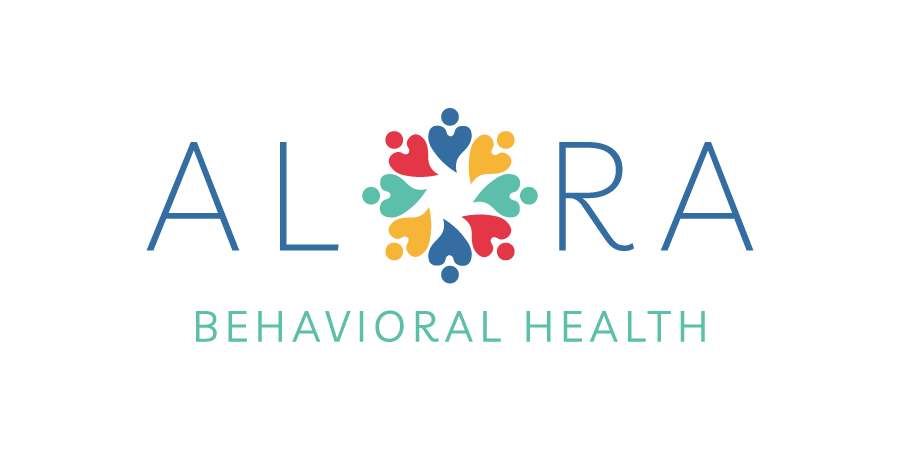For many children, learning to hold a conversation takes time, practice, and the right kind of support. While some kids seem to naturally pick up social communication, others—especially those with autism or developmental delays—may need help learning how to engage with others. That’s where ABA therapy can make a meaningful difference.
At its core, ABA (Applied Behavior Analysis) therapy is about teaching functional skills that improve a child’s ability to interact with the world around them. Conversation is one of the most important of those skills, and ABA helps build it from the ground up.
Why Conversation Skills Matter
Being able to hold a conversation is more than just talking. It helps children build friendships, navigate social settings, express needs, and understand others. Strong communication opens the door to independence, confidence, and connection.
But for children with communication delays, the building blocks of conversation—like eye contact, turn-taking, and staying on topic—may not come naturally. ABA therapy breaks these elements down into teachable, achievable steps.
Step 1: Building Motivation to Communicate
Before a child can engage in conversation, they need to have a reason to communicate. ABA therapy begins by identifying what motivates the child—whether it’s asking for a favorite toy, snack, or activity. Therapists teach children how to make requests (also known as “mands”) and how their communication leads to positive outcomes.
This is the foundation of conversation: learning that speaking or gesturing helps get your needs met.
Step 2: Teaching Functional Language
Once motivation is established, therapists work on expanding language. This could mean increasing vocabulary, encouraging sentence use, or practicing specific phrases that are useful in daily life.
Instead of just teaching isolated words, ABA focuses on functional language—words and phrases that help children interact meaningfully with others. For example, learning how to say “Can I have a turn?” or “What’s your name?” can create real-world social opportunities.
Step 3: Introducing Turn-Taking and Reciprocity
Conversations require more than just talking—they require taking turns, listening, and responding. ABA therapy teaches these skills directly, using structured play, role-playing, or visuals to help children learn how to wait, listen, and respond appropriately.
Therapists might model how to ask a question, pause, and then allow time for the child to respond. Over time, this helps children begin to understand the natural back-and-forth flow of communication.
Step 4: Practicing Initiating and Maintaining a Conversation
After mastering basic back-and-forth exchanges, children learn how to start conversations and stay engaged. This could include teaching conversation starters like “What did you do today?” or “Do you want to play with me?” as well as coaching them on how to follow up with comments or new questions.
ABA therapy often uses tools like visual prompts, social stories, and video modeling to support these skills in a way that feels clear and achievable for the child.
Step 5: Generalizing Across Settings
A skill is most useful when it works in different places with different people. ABA therapy emphasizes generalization—which means making sure the child can use conversation skills not just in therapy, but at home, in school, and in the community.
Therapists might work with caregivers and teachers to reinforce the same communication strategies across different environments. This helps the child build confidence and consistency.
The Role of Parents and Caregivers
Parents are a huge part of helping conversation skills stick. ABA therapists often provide parent coaching and guidance so families can practice at home in natural settings. Whether it’s during mealtime, playtime, or while running errands, everyday routines offer countless opportunities to practice conversations.
Even small efforts—like pausing to give your child a chance to respond, or prompting them to ask a question—can go a long way in supporting communication growth.
A Note on Communication Differences
It’s important to remember that not every child communicates in the same way. Some children use gestures, pictures, or devices rather than spoken words. ABA therapy is flexible and supports all forms of communication—not just verbal speech.
The goal is not to make every child talk in the same way, but to help them connect with others in the way that works best for them.
Final Thoughts
Conversation is a social skill built on many small pieces—attention, motivation, language, turn-taking, and confidence. ABA therapy breaks these skills down, teaches them step-by-step, and helps children apply them in real life.
At Alora, we believe every child deserves the tools to be heard, understood, and included. With patience, support, and a personalized plan, meaningful communication is within reach.
